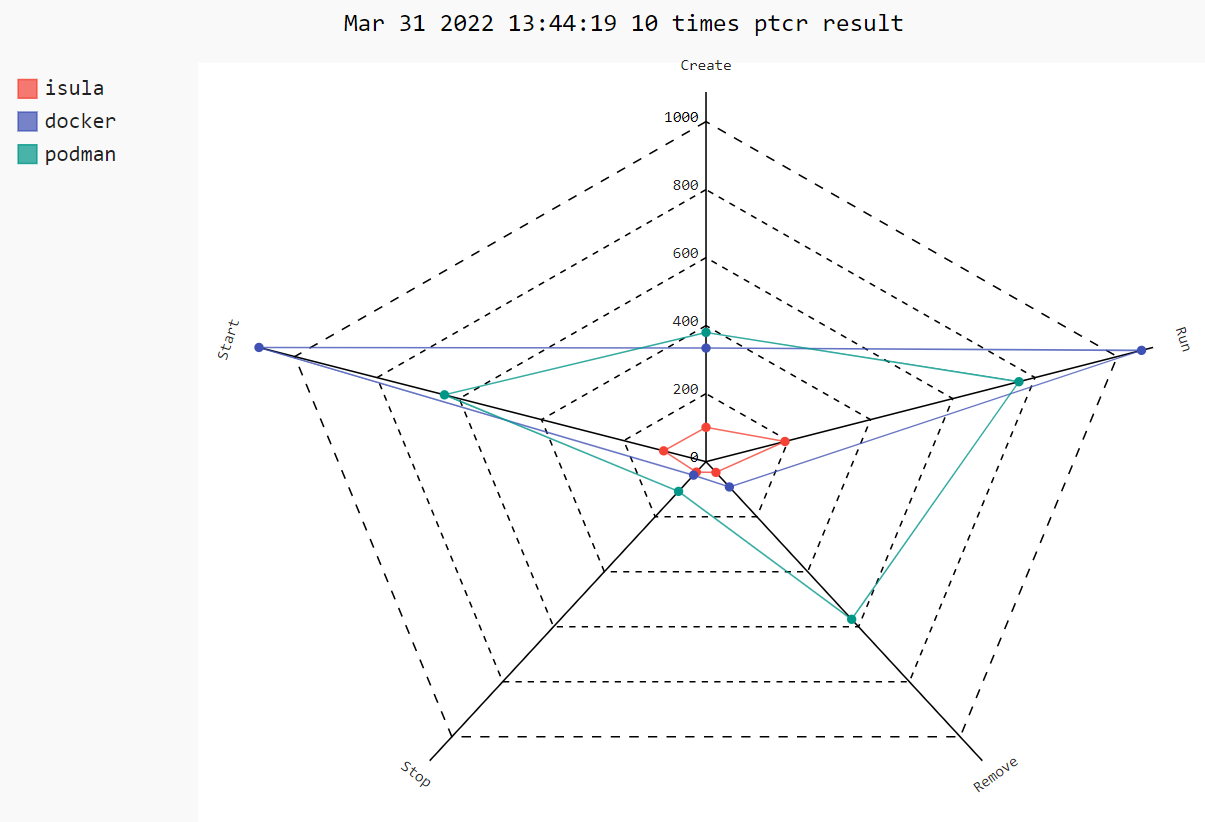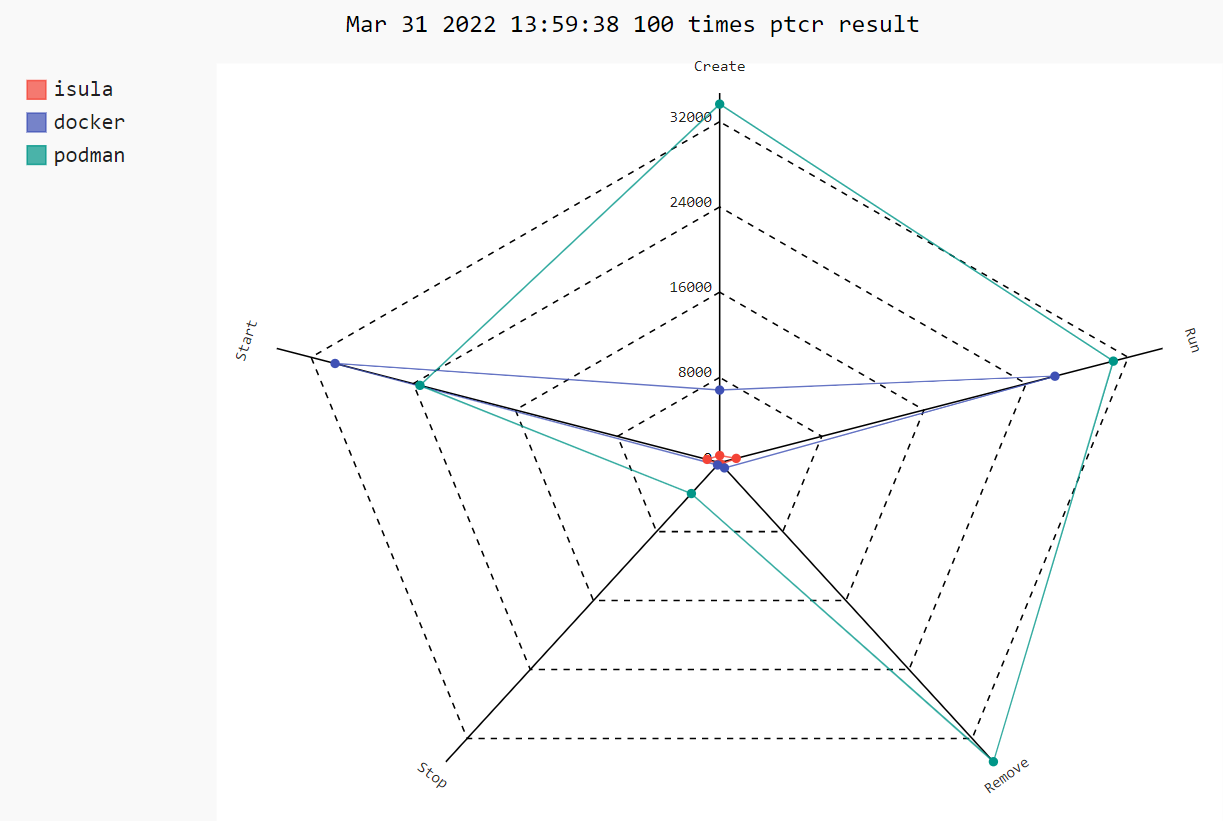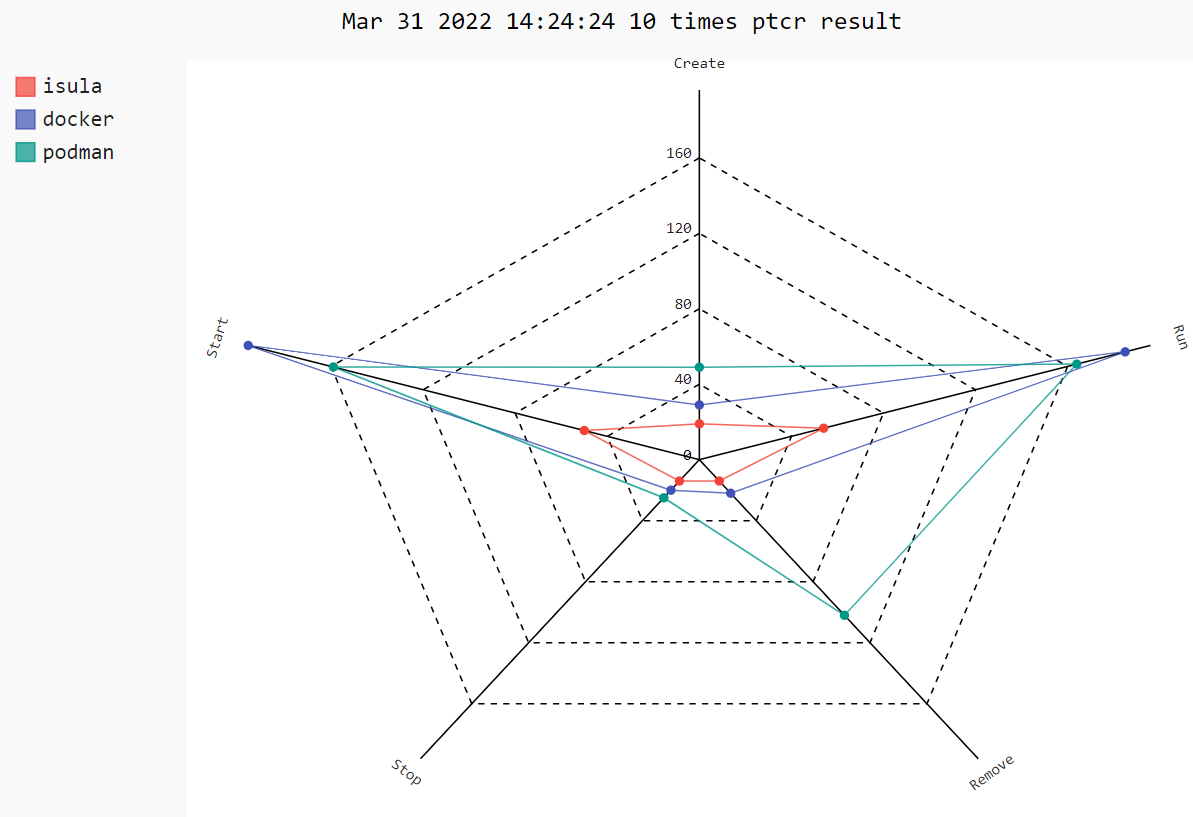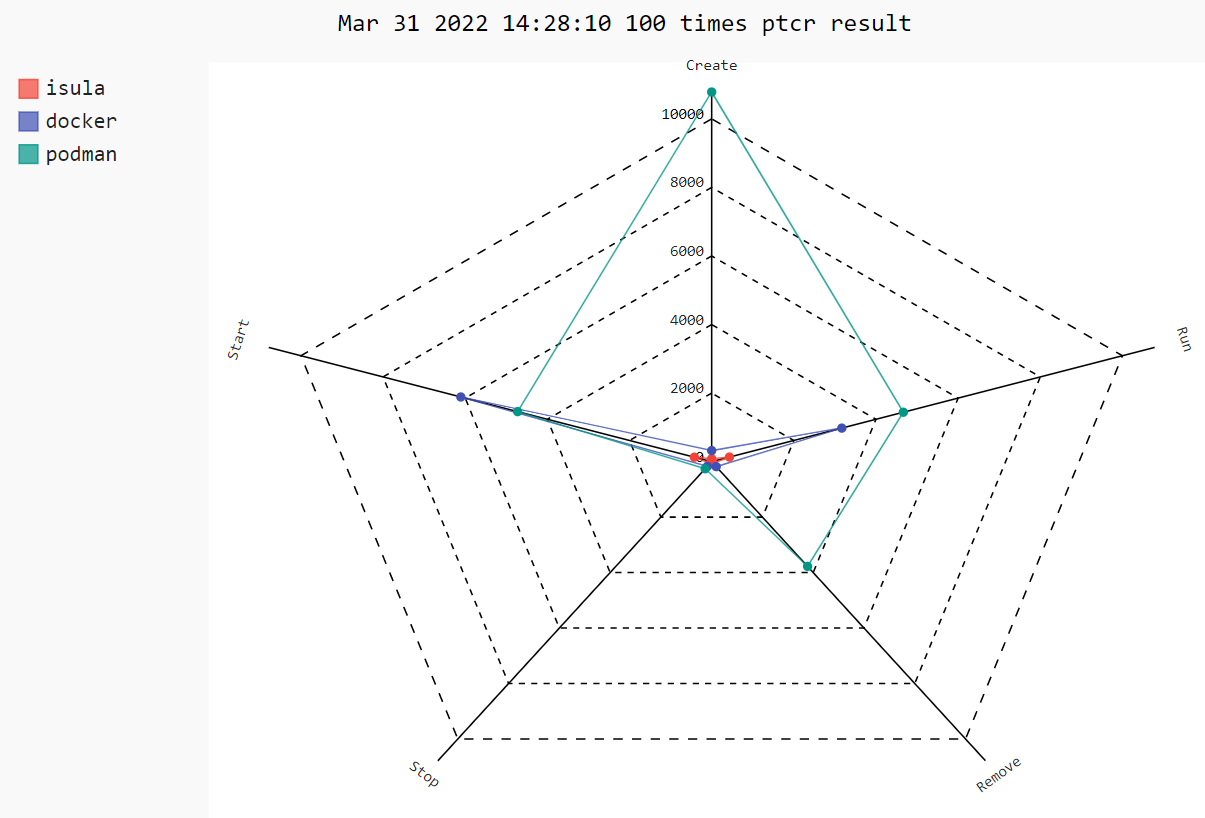iSulad , written in C/C++, is a lightweight container engine that has the advantage of being light, fast and applicable to multiple hardware specifications and architecture. iSulad has a wide application prospect.
You can see iSulad architecture on architecture.
iSulad support multiple container runtimes, including lxc、runc and kata.
lxc is an open-source container runtime written in C , which occupies less resources and is suitable for scenarios with high restrictions on noise floor resources. It is the default runtime of iSulad.
runc is an OCI-compliant runtime written in GO. When users use runc, the OCI runtime-spec version is required to be at least 1.0.0.
kata-runtime start secure containers with lightweight virtual machines.
iSulad supports multiple image formats, including OCI, external rootfs and embedded image.
OCI is a docker-compatible image format that supports pulling images and running containers from remote image repositories.
External rootfs allows users to prepare a bootable root fs directory, which is mainly used in system container scenarios.
Embedded image is a unique embedded image format of iSulad, which occupies low resources and is mainly used in embedded application scenarios.
iSulad provides two different interfaces for image and container management operations: CLI and CRI.
CLI uses the command line to manage images and containers. It is a standard C/S architecture model. iSula performs as an independent command line client that talks to the iSulad daemon.
The commands provided by iSula cover most of the common application scenarios, including the operation interface of the container, such as run, stop, rm, pause, etc, as well as the related operations of the image, such as pull, import, rmi, etc.
CRI (Container Runtime Interface) implementer can work seamlessly with K8s.
CRI interface is implemented based on gRPC. iSulad implemented CRI gRPC Server following CRI interface standards. CRI gRPC Server includes runtime service and image service, which are used to provide container runtime interface and image operation interface respectively. CRI gRPC Server listen on a local unix socket, and the K8s component kubelet runs as a gRPC Client.
For more information on iSulad usage, please see guide.
If you want to install iSulad through rpm package, please refer to rpmbuild_guide.
If you are a developer and want to build iSulad from source, please refer to build_guide.
To install iSulad, you can use rpm or yum package manager command with openEuler repository.
Or write repository file by hand:
$ cat << EOF > /etc/yum.repos.d/openEuler.repo
[openEuler]
baseurl=https://repo.openeuler.org/openEuler-20.03-LTS/OS/\$basearch
enabled=1
EOFInstall iSulad with yum:
$ yum install -y iSuladif you found this error
Repository 'openEuler' is missing name in configuration, using id.
You have enabled checking of packages via GPG keys. This is a good thing.
However, you do not have any GPG public keys installed. You need to download
the keys for packages you wish to install and install them.
You can do that by running the command:
rpm --import public.gpg.key
Alternatively you can specify the url to the key you would like to use
for a repository in the 'gpgkey' option in a repository section and YUM
will install it for you.
For more information contact your distribution or package provider.you should run rpm --import /etc/pki/rpm-gpg/RPM-GPG-KEY-openEuler first.
Configure the container image registry address, for example "docker.io" or other registry addrss.
# cat /etc/isulad/daemon.json
.....
"registry-mirrors": [
"docker.io"
],
.....iSulad provides two ways to start the isulad:
- Use
systemdservice to startiSulad:
# restart the server with systemd command
$ systemctl restart isulad - Use direct command to start
iSulad:
# run the server with default socket name and default log level and images manage function
$ sudo isulad iSulad provides two operation interfaces for managing images and containers: CLI and CRI.
CLI, iSulad provides isula as client CLI
Here are some sample commands to manager containers.
- List all containers in your own environment:
$ sudo isula ps -a- Create a container with busybox named
test:
$ sudo isula create -t -n test busybox- Start this container
test:
$ sudo isula start test- Kill the container
test:
$ sudo isula kill test- Remove the container
test:
$ sudo isula rm testiSulad can be integrated with kubernetes through the CRI interface. For integrating with kubernetes, please refer to k8s_integration。
For using native network in iSulad, please refer to native_network。
Using ptcr as a performance test tool , it shows the performance of iSulad in computers with different architectures.
- For searially with 10 containers, the performance radar chart of
iSula,docker,podmanis as follows:
- For parallerlly with 100 containers, the performance radar chart of
iSula,docker,podmanis as follows:
- For searially with 10 containers, the performance radar chart of
iSula,docker,podmanis as follows:
- For parallerlly with 100 containers, the performance radar chart of
iSula,docker,podmanis as follows:
More information can get from: Performance test
iSulad runs on Kernels above 3.0.x.
The standard specification versions that iSulad is compatible with are as follows:
- Compatible with OCI 1.0.0.
- Compatible with CNI 0.3.0 and above.
- Compatible with lcr 2.1.x and above.







